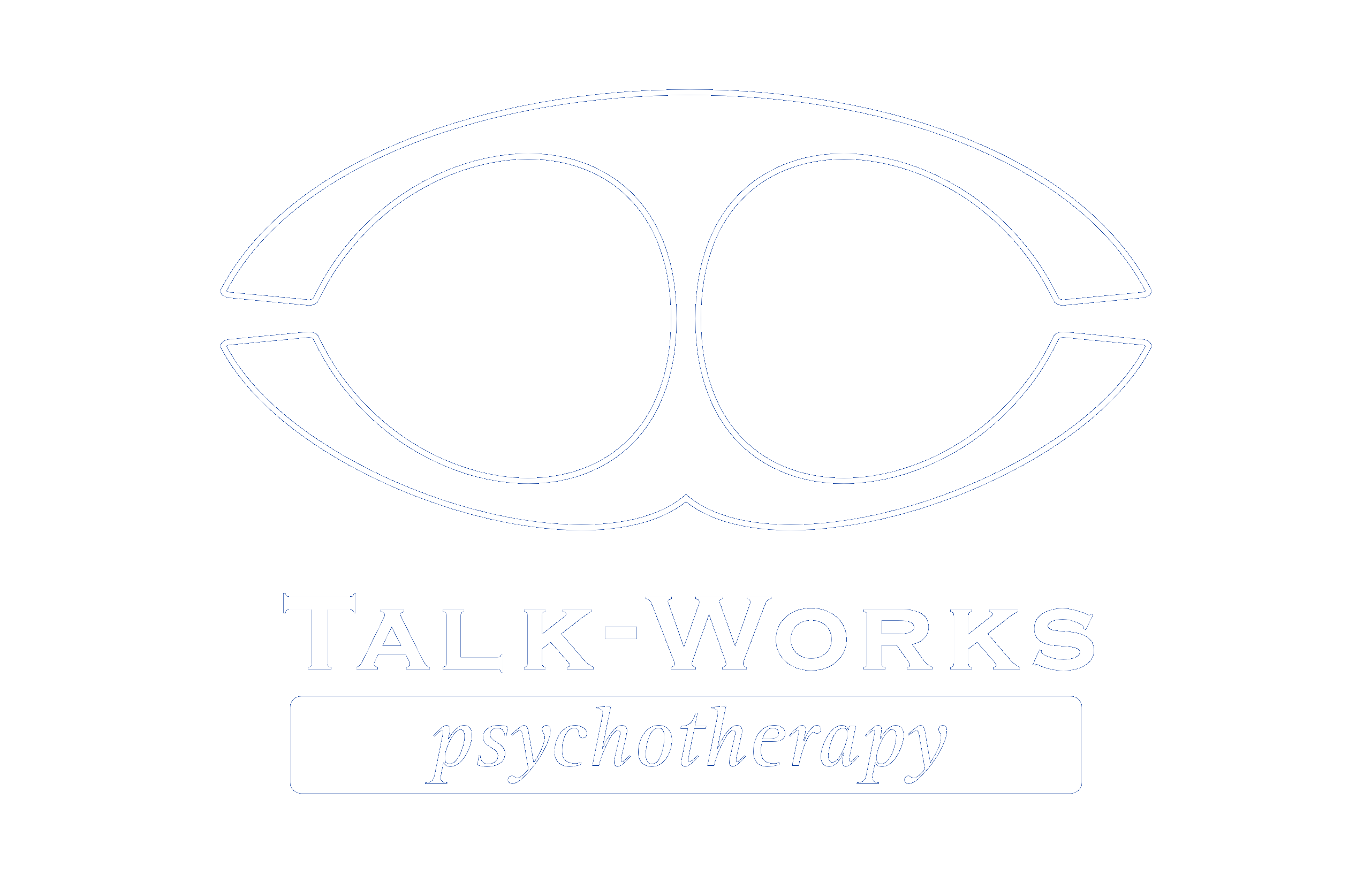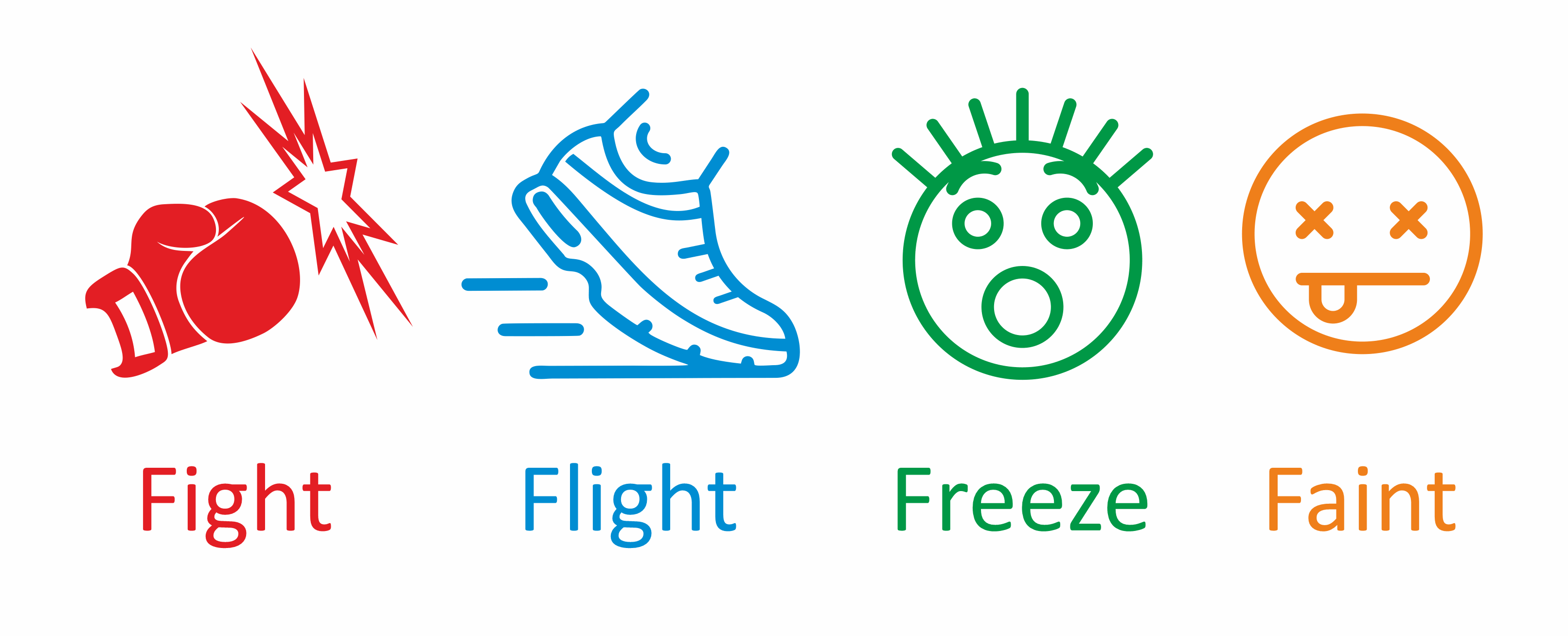The Human Stress Response
What is the Human Stress Response?
The human stress response is the inbuilt instinctive system designed to keep us alive by responding to threat. It is ancient in evolutionary terms and arrived long before our amazing human capacity for complex cognition. There are four typical optional responses to threat and whichever one we adopt is not decided by contemplation – that would be way too slow. Our bodies decide in an instant and enact the response.
Because these responses evolved millennia ago, when we shared a daily environment with predators, I have used the metaphor of a tiger to attempt to make some sense of them.
Fight
Imagine you turned around and a tiger was in the air leaping at you. There is a strong likelihood that you would bring up your arm to defend yourself and attempt to fight it off. You might think “what chance would I stand against a tiger?” but we often hear stories of people who fought off a shark attack or chased a wild animal off their property. The point is it’s a survival response and we typically call it “Fight”
Flight
Now imagine that you turn around and there is a tiger running towards you. It’s a little way off but it has definitely seen you. In this scenario you might have time to run away or climb a tree. This survival response is often called “Flight”.
Freeze
Another situation might be that you spot a nearby tiger but it has not seen you yet. It’s possible that if you keep absolutely still it might not spot you as its eyesight is focussed on the movement of prey. I don’t know if this is the actual adaptive benefit of the “Freeze” response but it may be.
Faint
Finally, the response of last resort appears to be to pass out or “Faint”. Once again, the adaptive benefit of this is unclear. It might be that if we are apparently dead, a predator need not continue attacking us and may loose concentration, thereby providing a possible opportunity for later escape. It may be that we are overwhelmed by the prospect of witnessing our own death.
These are not conscious decisions
In any event, some fast and ancient mechanism selects which response to activate and we have very little control over it. This can lead to confusion after an event as we try to process what happened. It’s not uncommon to hear something like “I can’t understand it. I just froze and did nothing. What is wrong with me?” Actually nothing, it was just your body doing it’s best to keep you alive
Some uniquely human aspects
There are some additional complications that come along with being a human. The first is that we can trigger our body into stress simply by imagining something bad or creating a habit of it. It’s possible that we are the only creatures that do this since most animals only react to sensory inputs in the moment. The word we use to describe this unanticipated by-product of evolution is anxiety and I have written about it elsewhere on this website.
Dissociation
Another uniquely human response to threat (particularly if it’s repetitive and unavoidable) is to tune out from the unwelcome signals that we are getting stressed. This is called dissociation, where we detach from the situation and find respite in our cognition. This is particularly unfortunate if it happens as a result of adverse childhood experiences. In childhood the Fight, Flight, Freeze and Faint responses typically don’t work for us and so dissociation is the only option. Insofar as these are our formative years this dissociation can become second nature when we become adults, cutting us off from our deep sources of wisdom.


